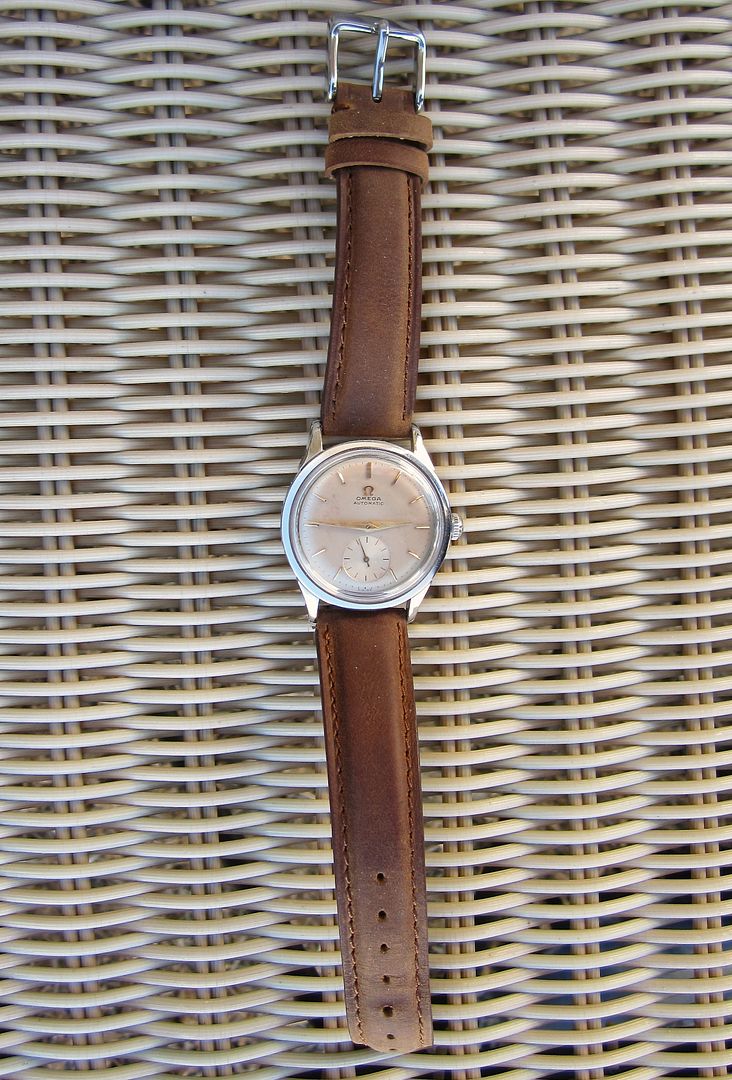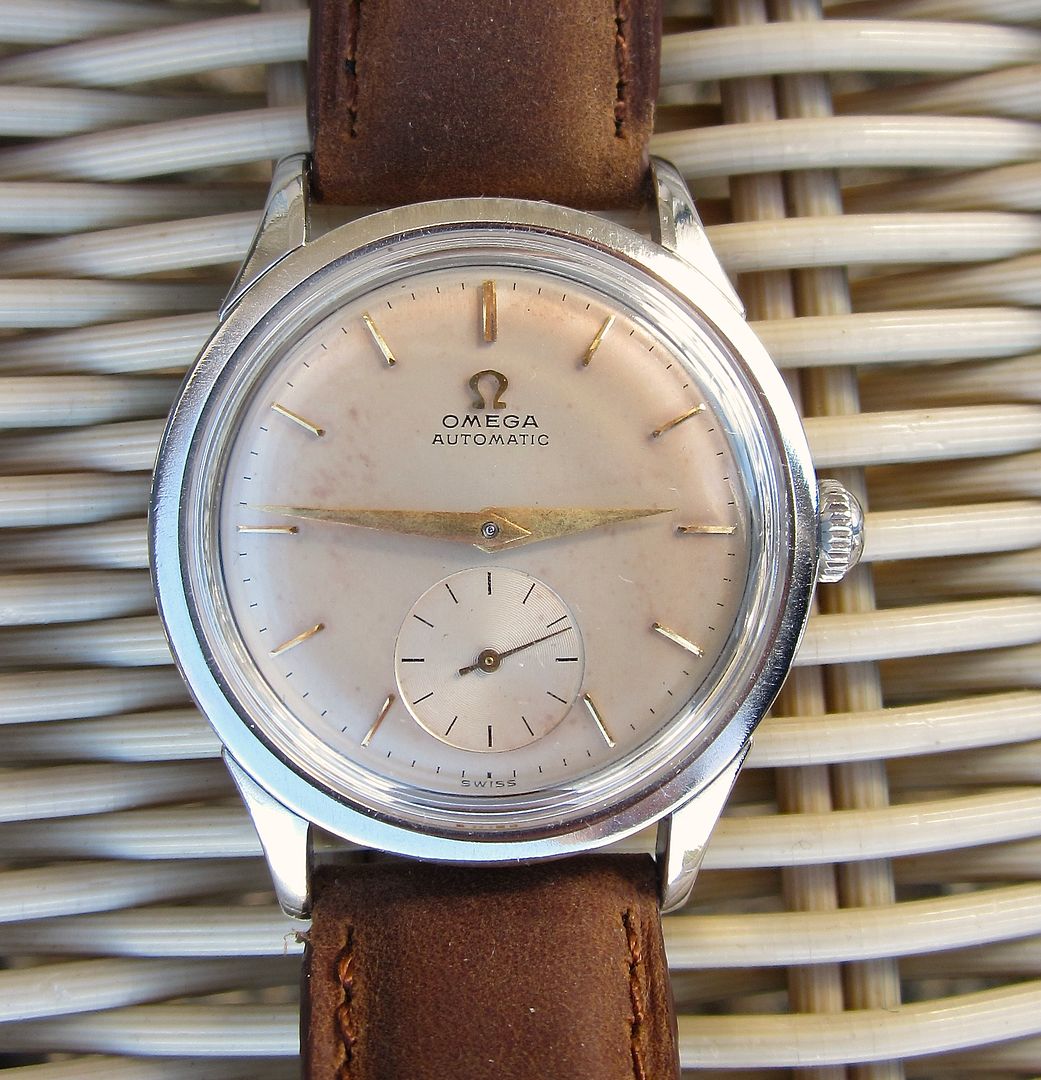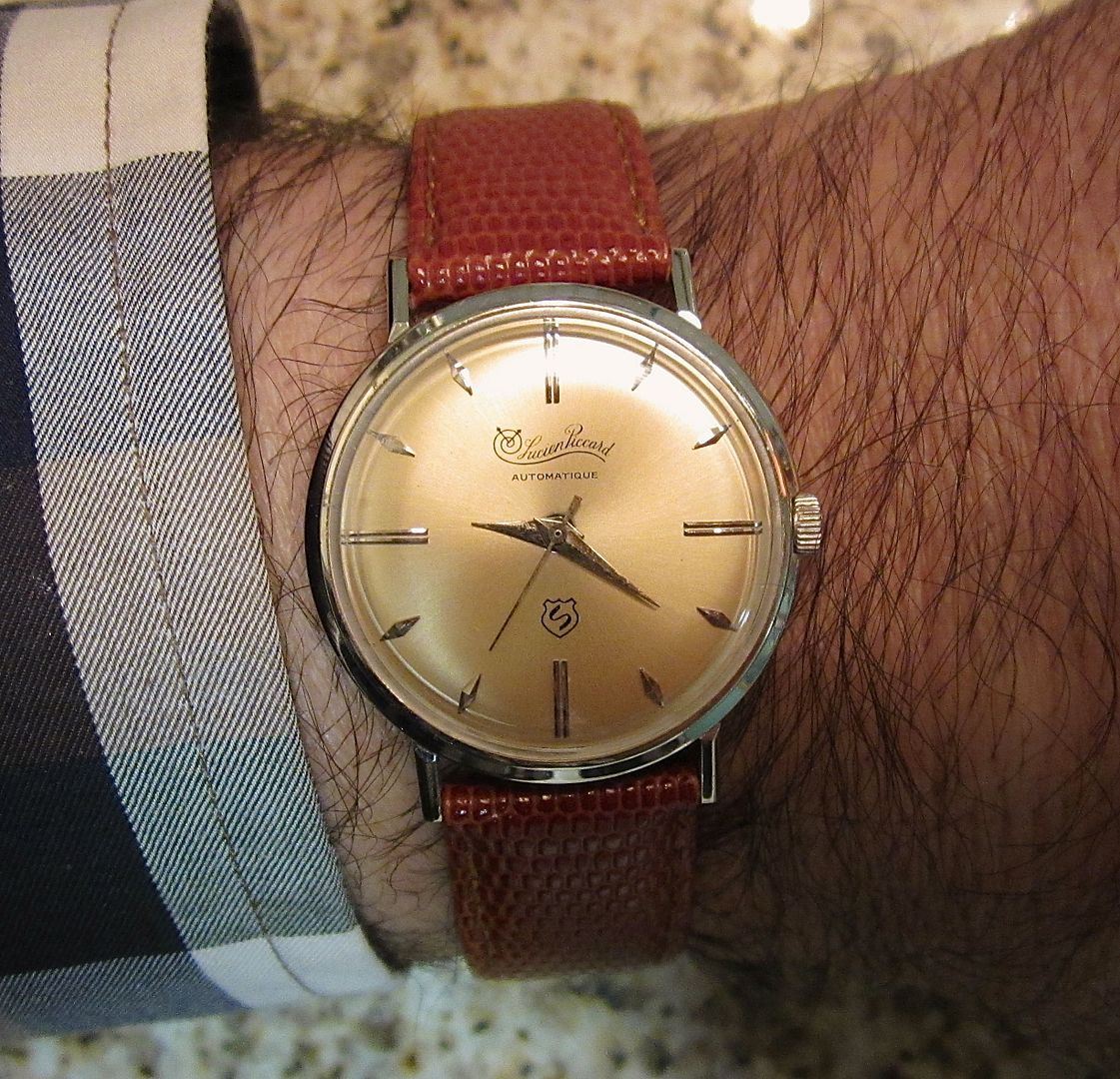This thread http://badgerandblade.com/vb/showth...ch-Would-Love-Some-Help?p=7533157#post7533157 has some really nice watches! So I don't hijack it, I thought I would start a new one.
As I wander thru the antique stores I frequently see a lot of watches. I know what to look for in razors, pens, and tools, but I've never looked at the watches because I had no idea what to look for. Without joining a watch forum and spending as much time there as here, is there any quick tutorial that can give me a place to start? Brands? Particular writing on the back? Particular features? Thanks.
As I wander thru the antique stores I frequently see a lot of watches. I know what to look for in razors, pens, and tools, but I've never looked at the watches because I had no idea what to look for. Without joining a watch forum and spending as much time there as here, is there any quick tutorial that can give me a place to start? Brands? Particular writing on the back? Particular features? Thanks.















